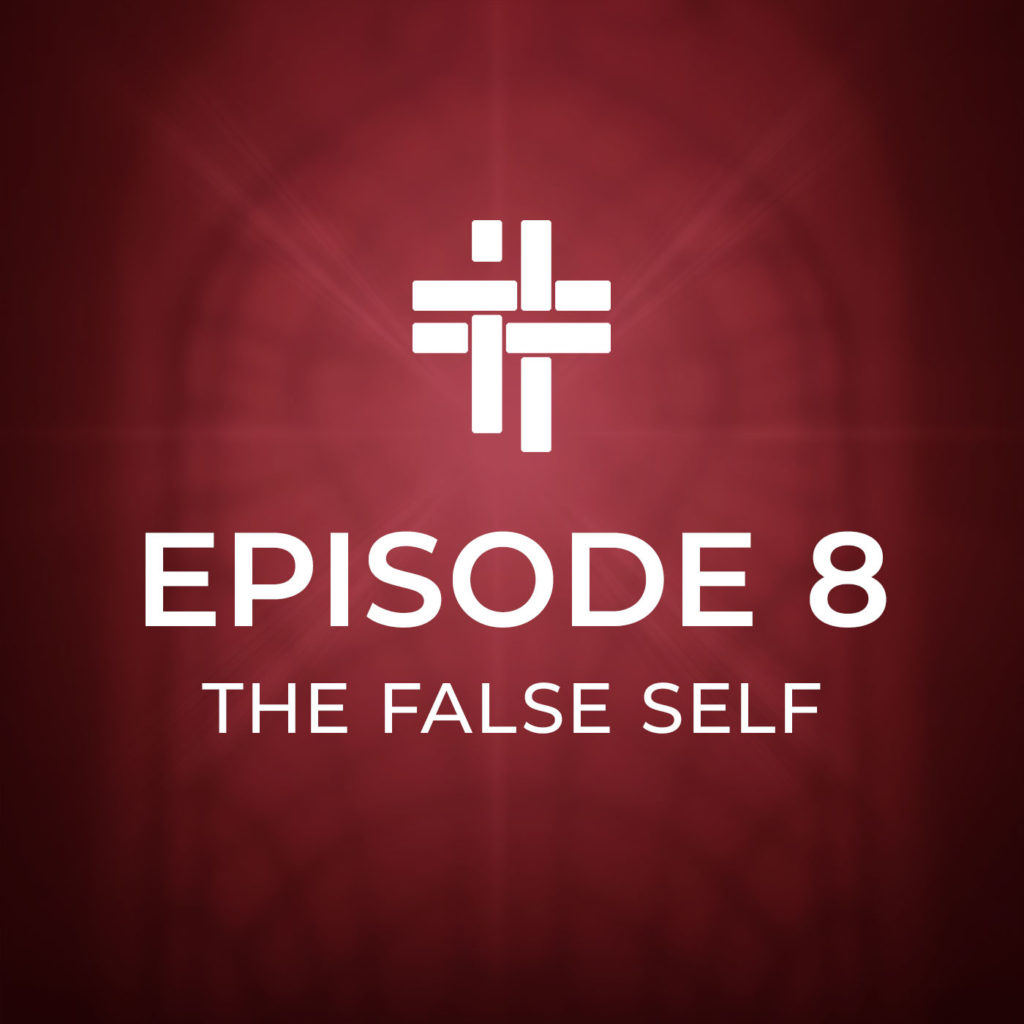ALL conflicts involve one False Self becoming entangled with another False Self. We arrive at a basic truth: All conflicts are the result of two or more False Selves becoming entangled in opposing intentions. The False Self is a cluster of ego traits that do not reflect divine nature. It is an ego self, a worldly persona. We discover a synergy between mediation and spiritual direction: in spiritual direction we sculpt away the layers of false self that taint our interests.


